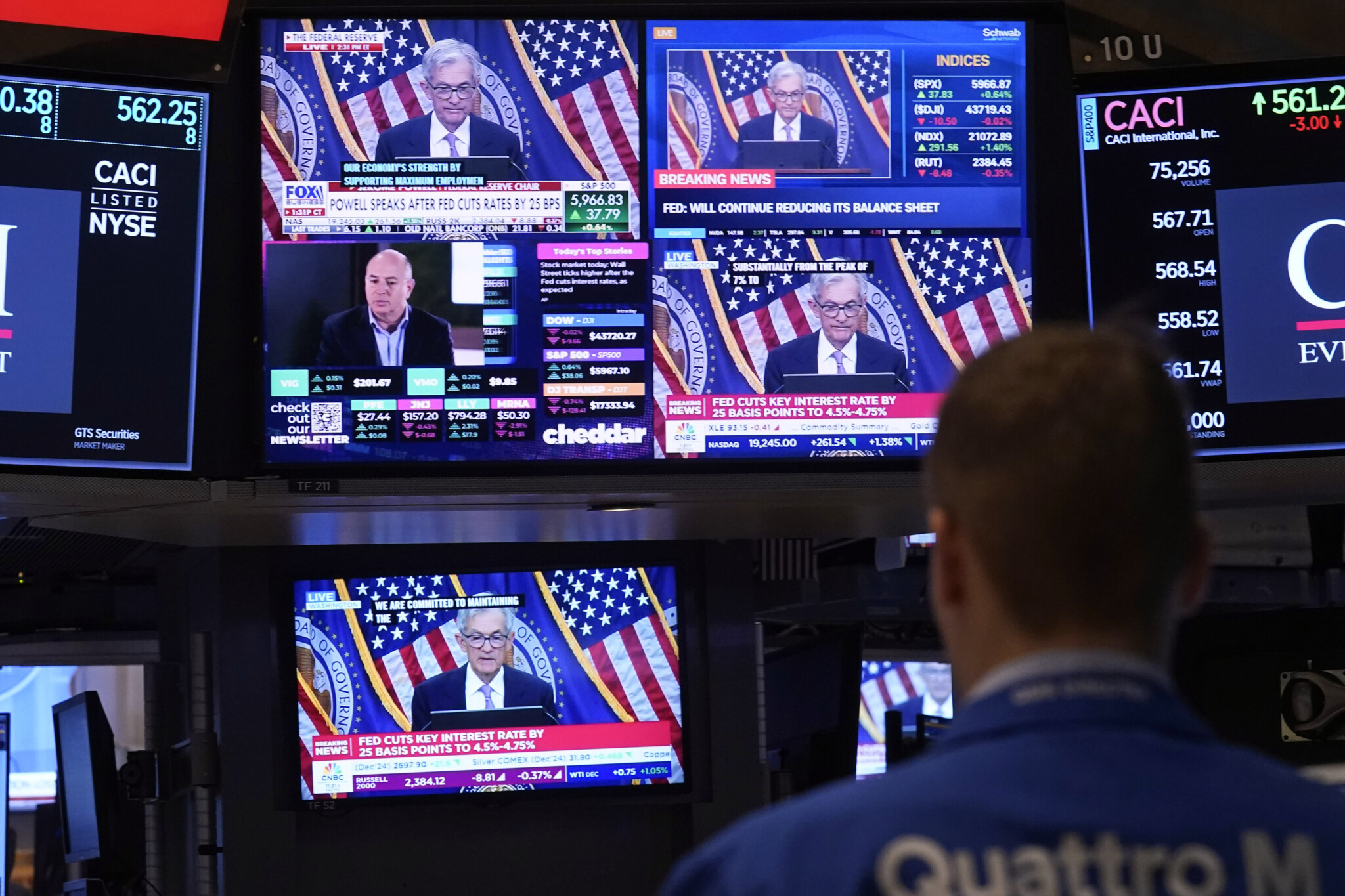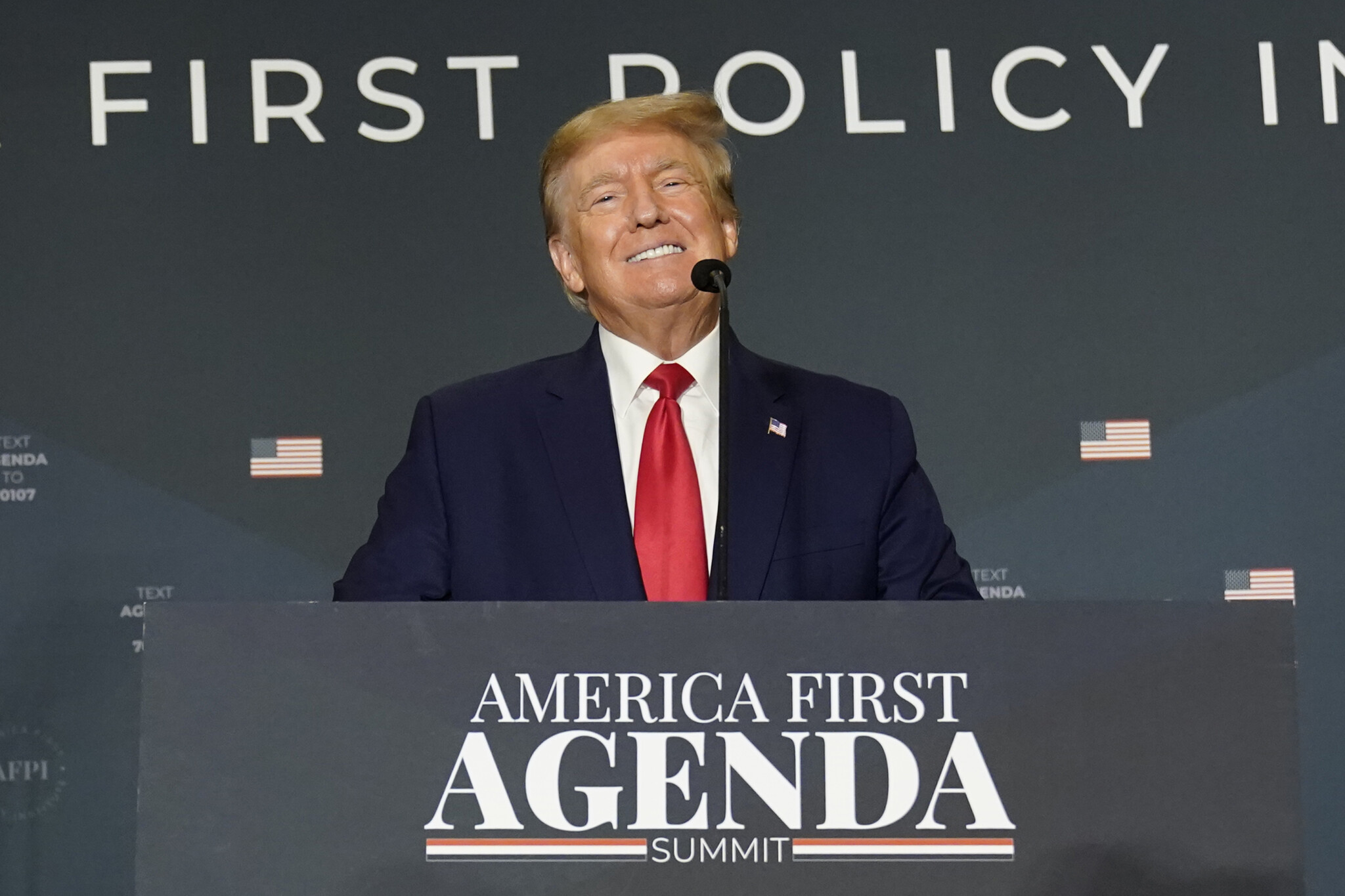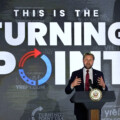During the recent U.S. presidential election, household toasters loomed unexpectedly large. In a late July speech to party supporters in Nevada, Republican vice-presidential candidate JD Vance remarked that “We believe that a million cheap, knock-off toasters aren’t worth the price of a single American manufacturing job.”
The comment was excoriated by economists and fact-checkers for what was seen as an expression of oversimplified populist economics. Yet even if Vance’s claim was to be understood as a case of campaign-driven hyperbole, it couldn’t be dismissed outright. It offered real insight into how Vance, Trump, and an increasingly radicalized GOP think about the economy.
These insights have been neglected this week as Canadian politicians and policy wonks have scrambled to respond to Trump’s announcement that one of his first priorities in early 2025 will be to impose across-the-board tariffs on Canadian and Mexican imports to the United States. The overwhelming reaction has been to assume that the tariff threat is a bargaining chip—a basis for an eventual negotiation. Trump literally wrote The Art of the Deal, after all.
Not a bargaining chip—a means to an end
According to this line of thinking, Canadian officials need to start populating a list of offensive and defensive issues on defence, security, and trade that could form the basis of our own bargaining position. Various commentators have put forward their own ideas ranging from opening supply management for milk and dairy, acquiring drones to better monitor the border, and assuming greater responsibility for continental defence including in the Arctic.
These efforts are no doubt well-intended and may ultimately prove useful, but they also risk underestimating the extent to which Trump’s tariffs against Canada and Mexico aren’t necessarily a bargaining chip. They aren’t a means to an end. They’re ends in themselves. The real motivation is to put an end to borderless trade on the continent and pull production from Canada and Mexico back into the United States.
The NAFTA has enabled American multinational companies to organize their North American supply chains based on the overriding goal of efficiency and without much attentiveness to national borders. We’ve seen a disaggregation of supply chains with some parts in Canada, others in Mexico, and the rest in the United States.
These continental supply chains are rooted in Ricardian comparative advantage and tariff-free exchange for finished and intermediary goods. Anyone who has worked in Ottawa has heard the apocryphal story of the automobile that crosses the border multiple times in production.
Trump and Vance aren’t moved by appeals to economist David Ricardo’s 19th-century theory of mutually beneficial exchange. They share a critique of the modern economy summed up in Vance’s campaign comments about toasters.
Their view is that American economic policy has over-indexed for the role of individuals as consumers and neglected their material and non-material needs as producers. They would contend that the trade-off of cheaper toasters isn’t worth it if the buyer has had to accept a lower-paying job or employment altogether.
Especially because they view the loss of manufacturing employment—particularly for men without college degrees—as the catalytic factor behind a series of social pathologies such as family breakdown, opioid addiction, and declining life expectancy that besets the types of Midwestern communities that Vance documented in his best-selling book, Hillbilly Elegy. The link between Ricardo and the “deaths of despair” is strong in their minds.
The incoming Trump administration therefore sees restoring manufacturing production in the United States as a socio-economic imperative. It’s at the centre of their vision for being responsive to the voters who elected them and restoring the social equilibrium of deindustrialized America.
Through this lens, Trump’s tariffs targeting Canada and Mexico take on a different meaning. He’s picked his North American partners first because the supply chains here are the shortest and producers in the two countries will face lower transaction costs to shifting production back into the United States than companies in Europe or elsewhere. The Trump-Vance policy bet is that a 25-percent tariff to access the U.S. market will represent such a high economic cost that companies will be prepared to absorb the short-term disruption of moving product mandates, production lines, and even entire facilities from Canada and Mexico to the United States.
Trump’s tariffs solve a pressing fiscal problem
Still not convinced that Canada-U.S. relations are on a fundamentally different footing? Then consider the U.S. fiscal position and its potential impact on the coming negotiations. When Trump first became president in 2016, the U.S. debt stood at $20 trillion. Today, less than a decade later, it has smashed through 100 percent of GDP to $35 trillion, with $1 trillion of new debt being issued every 100 days. Interest payments are now the second-largest U.S. government expenditure behind social security and ahead of national defence. The fact is America’s fiscal position has deteriorated markedly not only because of the pandemic but also because of continued government deficit spending at levels normally seen during wartime.

Comments by Federal Reserve Chair Jerome Powell appear on a bank of screens on the floor of the New York Stock Exchange, Nov. 7, 2024, in New York. Richard Drew/AP Photo.
Against this backdrop of bipartisan fiscal incontinence, Trump’s combination of tax cuts and spending hikes is projected to raise the U.S. national debt by $7.75 trillion over the next decade compared to the Congressional Budget Office’s current baseline forecasts.
Barring a sudden Damocles conversion on deficits and debt, the U.S. government is on an unsustainable fiscal path that threatens substantially higher permanent borrowing costs for its government, consumers, and corporations which could crush the American economy and stock market.
Trump and his advisors aren’t stupid. They know they are in a fiscal box with a lid that the bond market could weld shut if they fail to manage runaway government spending and national debt. For this exact reason, tariffs are much more interesting to a second Trump term. Instead of functioning primarily as a negotiating tool, as they did in his first presidency, tariffs are now a key part of a larger fiscal agenda of generating hundreds of billions in revenues to fund trillions in tax cuts without roiling bond markets and pushing up borrowing costs. In short, tariffs in 2025 versus 2016 are a fiscal necessity hardwired into Trump’s demand-side theory of stimulating economic growth through large-scale permanent tax expenditures.
In stark terms, the incoming Trump administration, hellbent on trillions in tax cuts and egged on by a bond market nervous about debt-to-GDP ratio of 124 percent, may not have all that much choice when it comes to levying large tariffs. And if Canadians think this president, his billionaire donors, and the current GOP are going to forgo tax cuts to forgo tariffs, well that is a level of national delusion that even The Hub can’t sort out.
Canada must get radical in response
If our interpretations of the incoming administration’s economic and political motivations are accurate, it poses tremendous challenges for Canada. Putting forward proposals to liberalize parts of our economy, strengthen border security, or boost spending on defence may be worthwhile ideas but they presume that the other side of the negotiating table is actually seeking a comprehensive deal.
If the real goal is to restore borders in North America pay for trillions in tax cuts and induce companies to shift production back to the U.S., then Canada’s policy response necessarily needs to look different. Policymakers must contend with the inevitability of tariffs, the likely end of the USMCA and the threat posed to domestic investment and production. In such a context, Canadian policy has to double down on competitiveness. We need to be prepared to be radical.
Renewing and expanding the Trudeau government’s 2017 accelerated depreciation rules is low-hanging fruit. So is a systematic deregulation agenda and reversing the recent capital gains tax hike. But we may also need to take more extraordinary steps like significantly cutting or even eliminating corporate income taxes in order to influence companies’ cost-benefit analysis of moving to the United States.
This doesn’t mean that we shouldn’t be exploring possible policy issues that can form part of a bargaining strategy. But we shouldn’t put all our eggs in that basket. Doing so risks misreading Trump’s motivations and positions Canada for economic peril if we discover early next year that the tariffs are the actual point.
We understand that it’s hard to consider this alternative scenario. A combination of habit and an instinctive aversion to worst-case scenarios is rooted in human nature.
But we only need to listen to Trump, Vance, and others around them to understand Make America Great Again isn’t just a slogan. It reflects a conception of the economy rooted in production and the interests of the working-class men who brought them back to power. We’d better pay attention.










